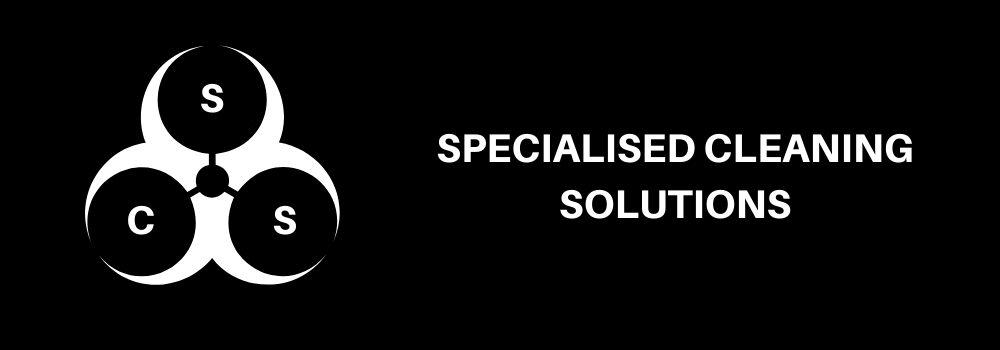How do you permanently remove mould from a house?
In New Zealand, keeping houses free from Mould, especially Black Mould, is not easy in some cases. It’s not as simple as mowing your lawns for example!
Follow this guide OR just get in touch with our team HERE
Permanently removing mould from a house requires a thorough approach to eliminate the existing mould and address the underlying causes to prevent its return.
Here are the steps you can follow:
1. Identify the source: Before you start cleaning, locate and fix the source of moisture that is causing the mould growth. Common sources include leaks, water seepage, high humidity, or poor ventilation. Addressing the source is crucial to prevent mould from coming back.
2. Safety precautions: Mould can release spores that may be harmful to your health, so it's essential to take safety measures. Wear protective gear, including gloves, goggles, and a mask, to avoid direct contact with the mould. Remove any jewelry like rings as well.
3. Isolate the area: Isolate the affected area by sealing it off from the rest of the house. This helps prevent mould spores from spreading to other parts of the home during the cleaning process.
4. Remove and dispose of contaminated materials: If mould has affected porous materials like jib, insulation, or carpet, it's often best to remove and dispose of these items properly to ensure complete removal of the mould. It’s not like hiring a Lawns team and watching them cart the clippings off to the tip!
5. Clean non-porous surfaces: Use a detergent or mould-specific cleaning solution to clean non-porous surfaces like tile, glass, and metal. Scrub the mould gently but thoroughly, and rinse the surface with clean water afterward.
6. Use mould-killing agents: There are various mould-killing agents available, such as hydrogen peroxide, vinegar, or commercial mould cleaners. Follow the instructions on the product label and apply it to the affected areas.
7. Dry the area thoroughly: After cleaning, ensure the area is dried completely. Use fans or dehumidifiers to lower the humidity and speed up the drying process. Proper ventilation is essential to prevent future mould growth.
8. Apply mould -resistant paint: Consider using mould -resistant paint for areas prone to moisture, such as bathrooms and basements. This can help prevent mould growth on the painted surfaces.
9. Regular maintenance: Keep your home well-maintained and address any water leaks or excess moisture promptly. Regularly inspect potential problem areas to catch mould growth early.
10. Seek professional help: If the mould infestation is extensive or if you are unsure about handling the situation, it's best to consult with a professional mould remediation specialist who can assess the problem and provide appropriate solutions. Contact US.
Remember, mould removal is only effective if you also address the underlying moisture issues. By taking preventive measures and maintaining a dry environment, you can significantly reduce the chances of mould returning to your home.


